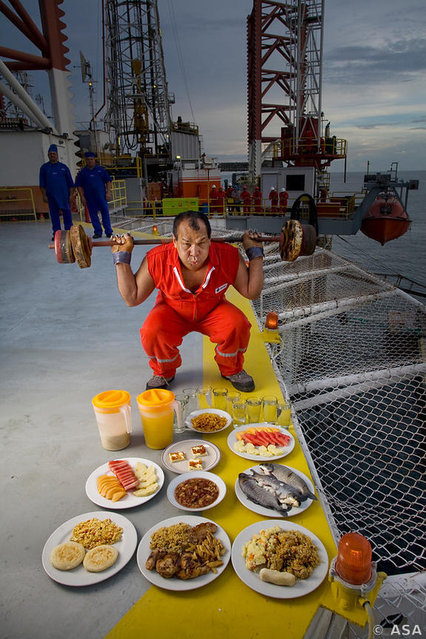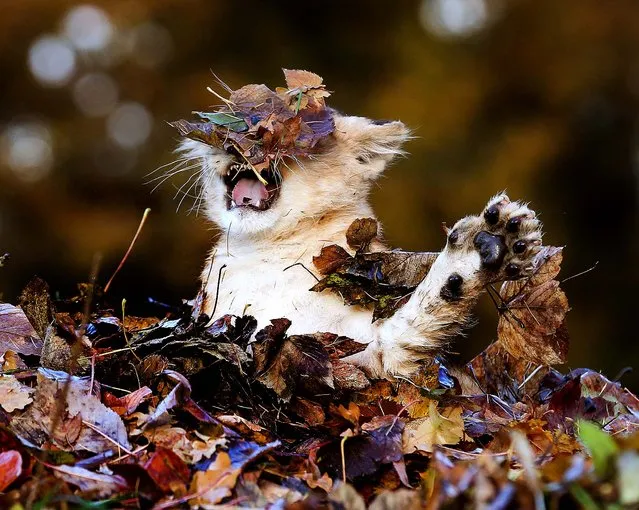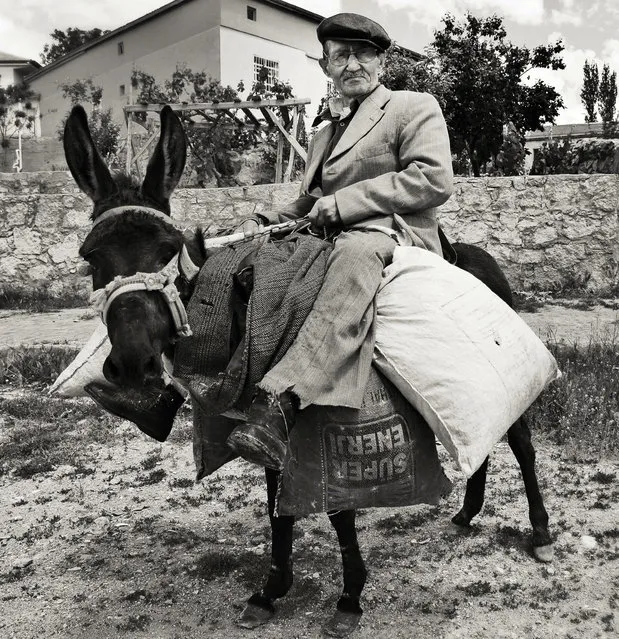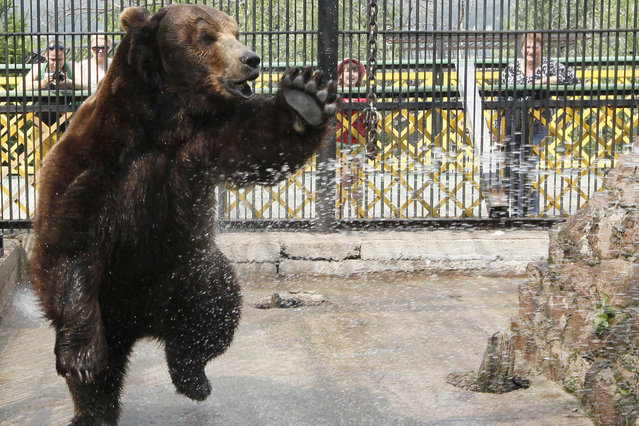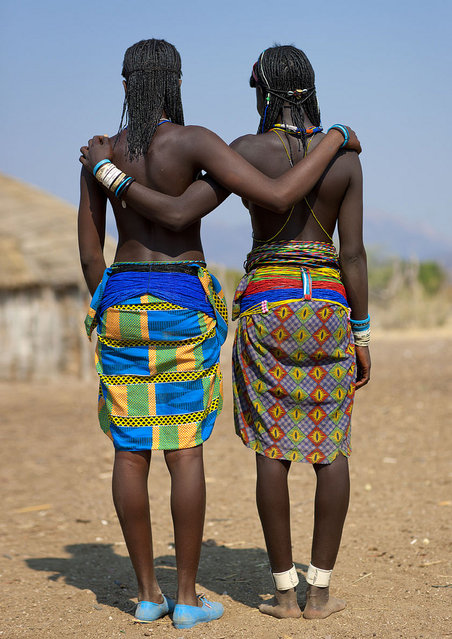
Jakelyne Oliveira, Miss Brazil 2013 performs onstage during the Miss Universe 2013 preliminary competition in Moscow, Russia, 05 November 2013. The final of the 2013 Miss Universe Pageant will take place at the Crocus City Hall in Moscow on 09 November. (Photo by Sergei Ilnitsky/EPA)
08 Nov 2013 12:10:00,post received
0 comments

